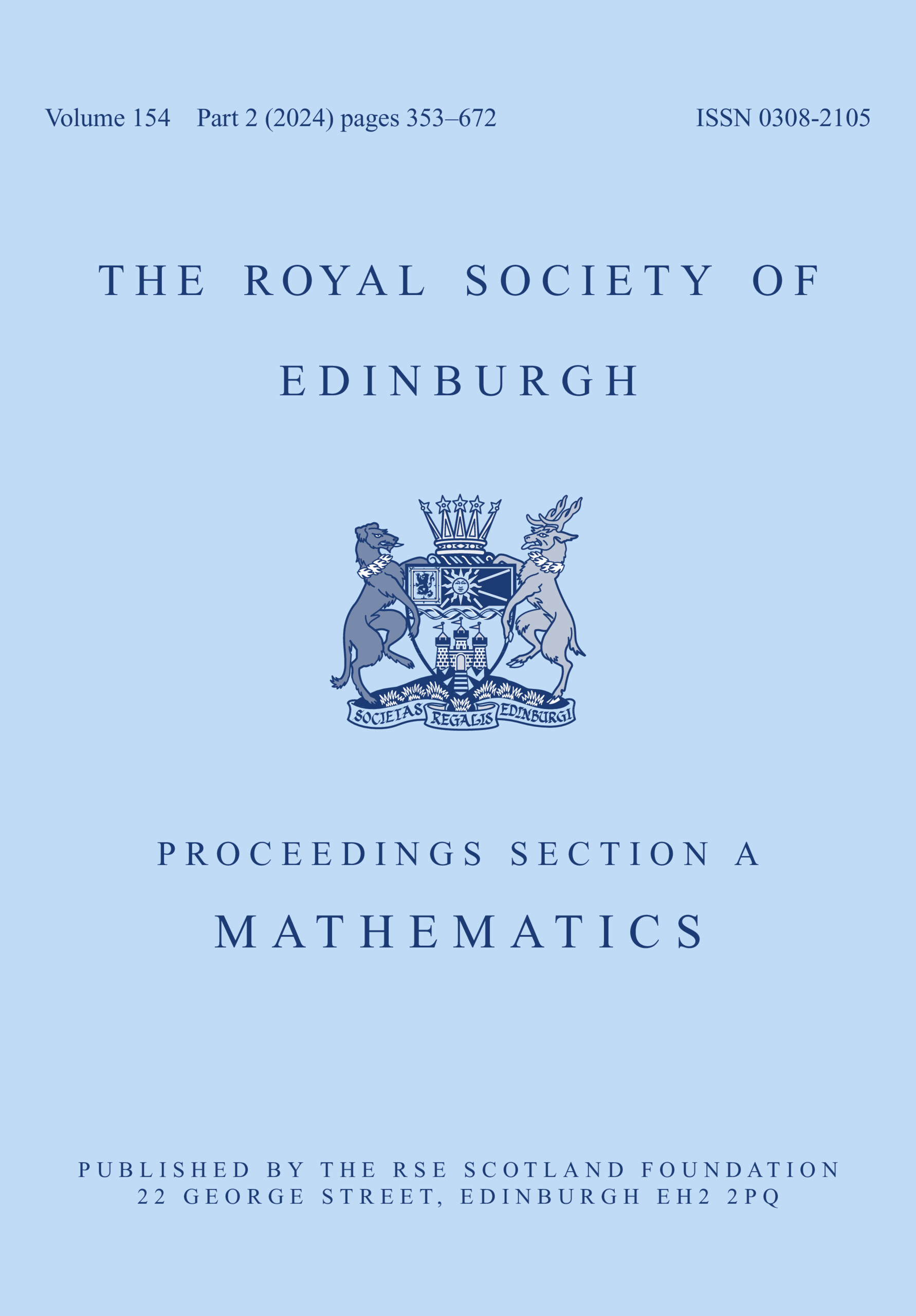No CrossRef data available.
Article contents
The Palais–Smale conditions for the Yang–Mills functional
Published online by Cambridge University Press: 14 November 2011
Synopsis
We consider the Yang–Mills functional denned on connections on a principal bundle over a compact Riemannian manifold of dimension 2 or 3. It is shown that if we consider the Yang–Mills functional as being defined on an appropriate Hilbert manifold of orbits of connections under the action of the group of principal bundle automorphisms, then the functional satisfies the Palais–Smale condition.
- Type
- Research Article
- Information
- Proceedings of the Royal Society of Edinburgh Section A: Mathematics , Volume 108 , Issue 3-4 , 1988 , pp. 189 - 200
- Copyright
- Copyright © Royal Society of Edinburgh 1988


